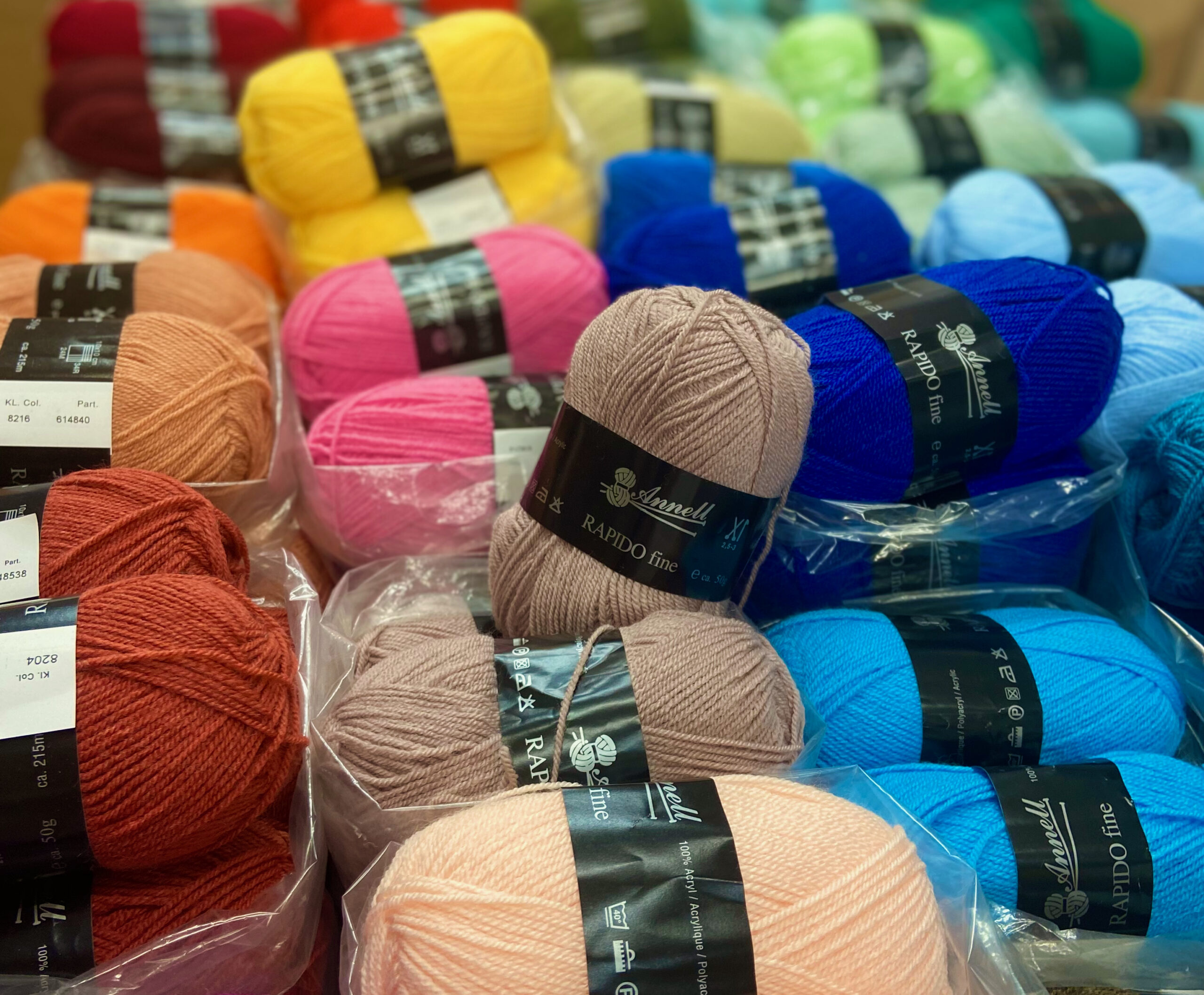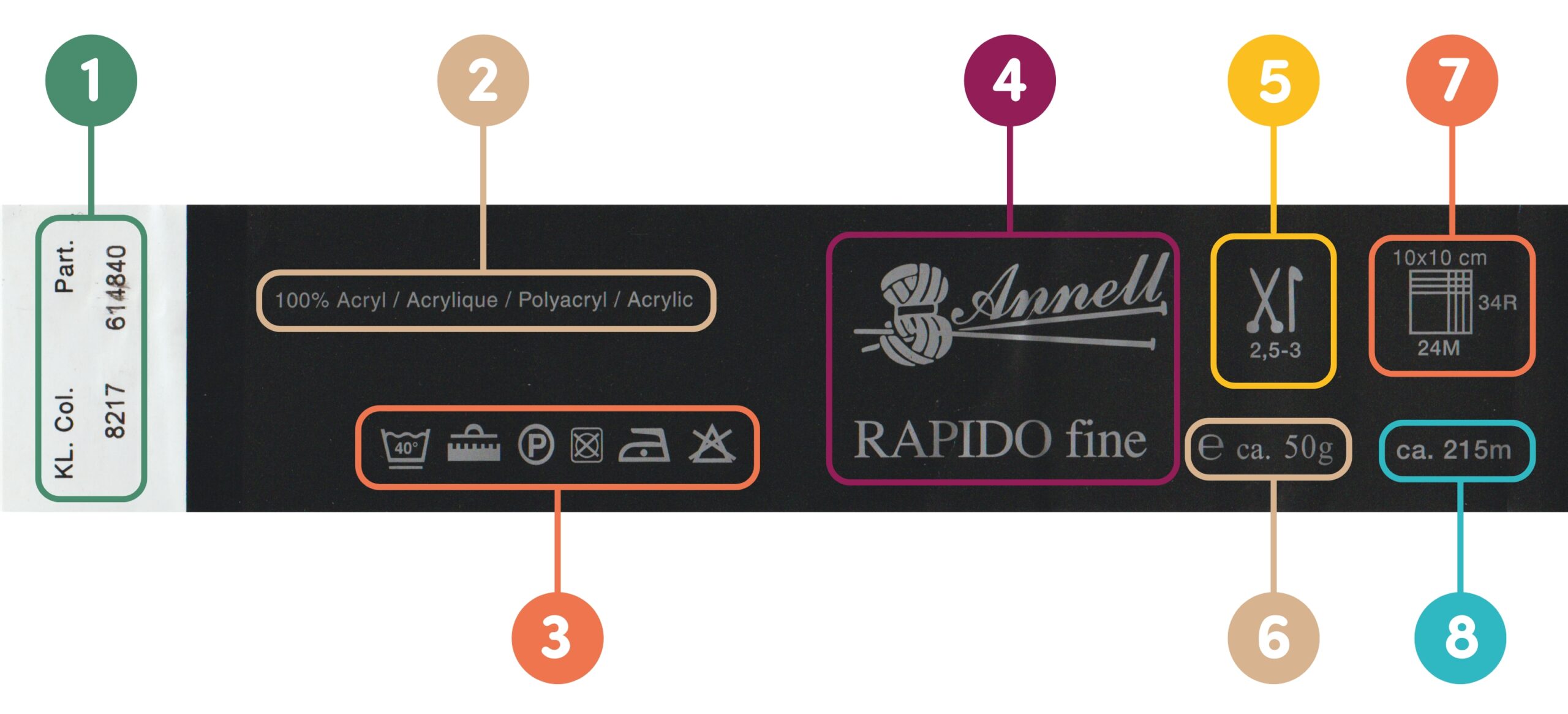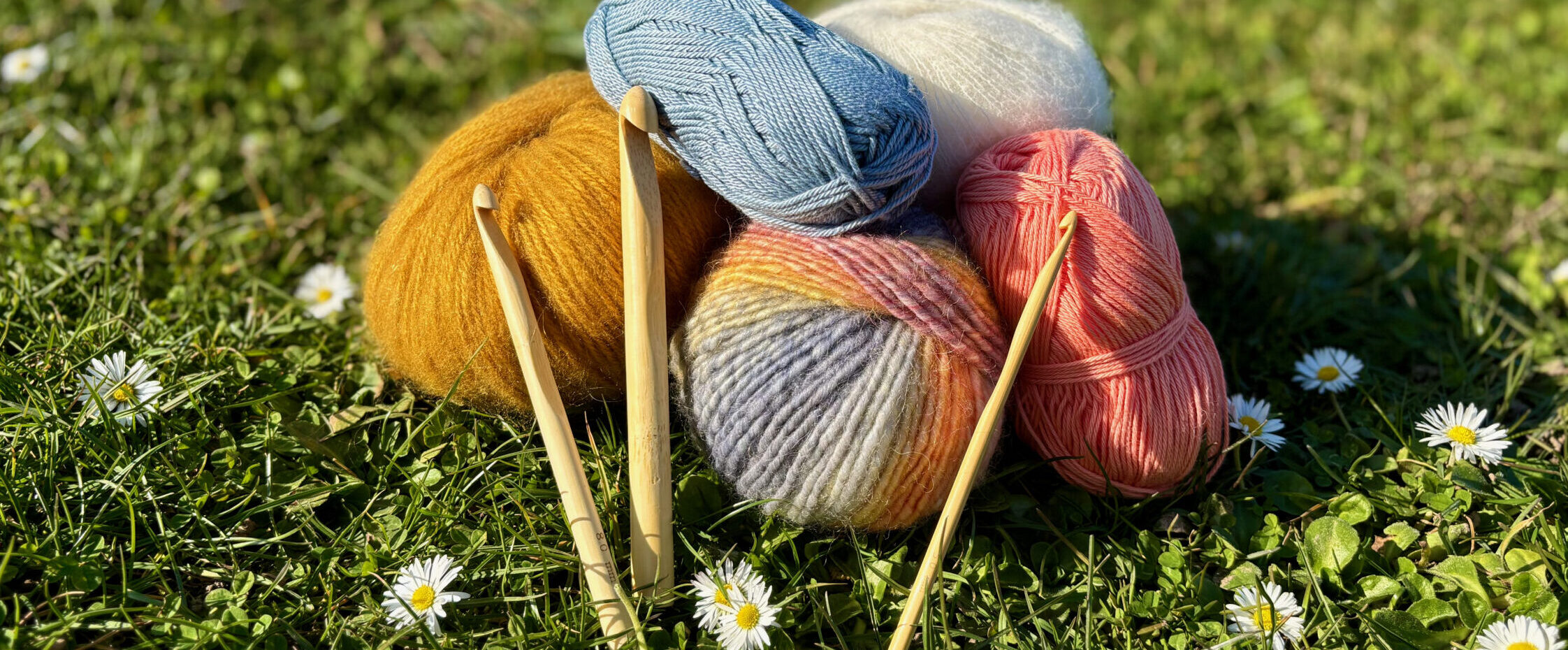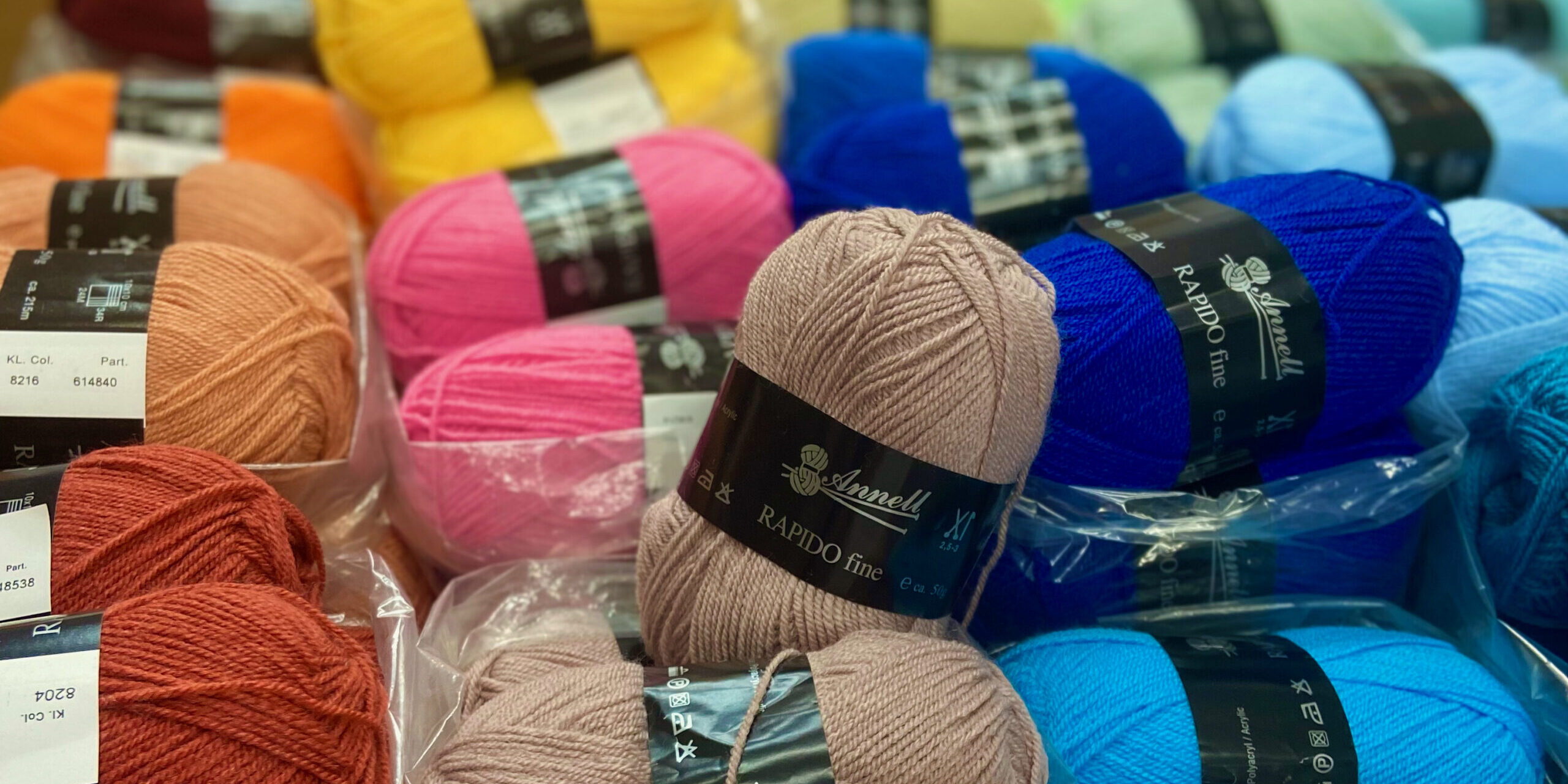
Whether you're a knitting beginner or a long-time enthusiast, knowing how to read a label on a ball of yarn is essential to the success of your projects. These little labels contain a lot of valuable information about the yarn, its composition, its length, or even the number of needles or hooks recommended. Here's a simple, step-by-step guide to help you make sense of it all!

Each ball corresponds to a color number (“col”) and each ball is dyed in a specific bath. To avoid color differences in your work, make sure that, for the same color number, all your balls have the same bath number (“part” or “lot”). The bath is a detail that is often overlooked, yet crucial to obtaining a uniform finish.
Composition is the indication of the material or materials that make up the yarn. It is expressed as a percentage. In our example, the composition of the RAPIDO FINE ball is 100% Acrylic. Knowing the composition will help you choose the right yarn for your project, based on its softness, warmth, durability and ease of care. Yarn and wool manufacturers are required to indicate the precise composition of their balls.
Textile fibers are subjected to a series of washing, drying and ironing tests so that manufacturers can indicate care instructions on the label. So you can find these instructions in the form of pictograms, which can sometimes be quite mysterious. Here are the ones you'll come across most often on your wool ball labels:

For further information on this subject, you can find our advice for the care of yarns and wools in a dedicated article.
The brand and reference name of the ball are information you can't miss on the label of your ball, as they are usually indicated in very large print compared to the other elements. Together with the color number and the bath number, this information will enable you to find and buy the same reference again, whether on the internet or in a store.
Each yarn has a recommended needle or hook size, indicated on the label, usually in the form of a small pictogram. Using the right needle or hook size guarantees that your work will have the right look and feel.

The weight of the ball is expressed in grams (g or gr). Light, fine yarns, such as Mohair, generally weigh 25g, while more common yarns, such as Cotton or Acrylic, often weigh 50g. 100g balls are also available for larger yarns. These weights correspond to yarn excluding packaging.
The sample is a key reference for obtaining the right dimensions for your projects. Here, in our example, the label reads: 10 x 10 cm = 24 stitches x 34 rows. This allows you to check that your knitting corresponds to the expected density. If not, you may need to adjust the needle size.
To find out more about why and how to make a knitting sample before starting a project, take a look at our dedicated article.
The yarn lenght is another essential piece of information, most often expressed in meters (m). The thinner the yarn, the greater the lenght. Similarly, the thicker the yarn, the smaller the lenght. In our example, RAPIDO FINE in 2.5/3 needles weighs 50g and measures 215m in length, while a 50g ball of RAPIDO PLUS in 4/5 needles represents just 83m of yarn. Yarn meters are an indication of the number of balls needed to complete a project.

In short, knowing how to read a label on a ball of wool can help you avoid many mistakes when choosing your yarns, needles or hooks, and thus ensure the success of your projects. So before you knit or crochet, always take the time to check the valuable information on your ball's label!
You can contact us by private message via our social networks Facebook and Instagram, or via our contact form. You can also contact us by email at lainieredewazemmes@gmail.com or by phone on +33 3 20 57 09 46 or +33 3 20 51 39 98.